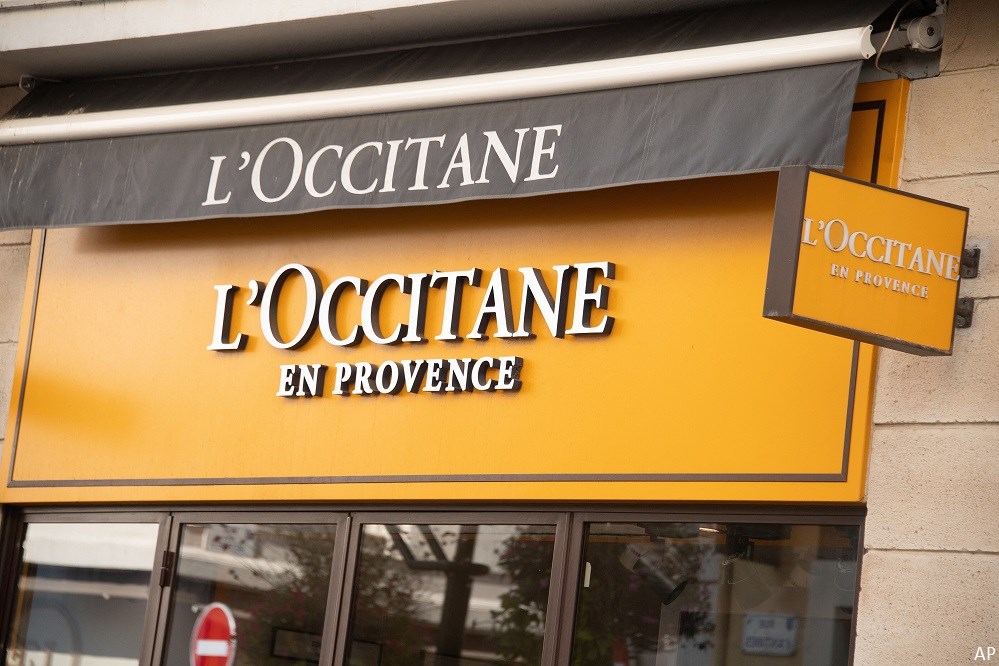
Segregated funds often come at a cost for the benefits they offer investors seeking capital preservation or creditor protection. But two insurance companies have created products that are priced like mutual funds.
These are “accumulation annuity contracts” which behave like investment products, explains Nicole Bourque, marketing advisor at Assumption Life. Insurers La Capitale and Assumption Life each offer a unique type of product in the market.
Their key distinction is the amounts invested by a client are not held in a separate investment fund, but rather in the insurer's general funds.
This simple difference is a game-changer. “It allows us to offer a client a segregated fund at the same price as a mutual fund, but with the advantages of a segregated fund," says Marc Johnston, Director, Investments and Retirement, at Groupe Cloutier Investments.
Special Structure
La Capitale calls its product an Investment Account (IA), while Assumption Life calls it a Registered Investment Account (RIA). By purchasing such a product, a client acquires the return of a mutual fund, but without owning the units, because the acquisition doesn’t include any units or notional shares of their underlying funds.
La Capitale offers some 30 funds from manufacturers such as Dynamic Funds, AGF and Fidelity Investments in various categories: Canadian equity, U.S. and international equity, fixed income, etc. Assumption Life for its part offers products from Louisbourg Investments, CI Global Asset Management, Fidelity Investments and Black Creek Investment Management.
Since the amounts invested in these funds are paid into the insurer's general funds, the insurer commits to pay the client the exact equivalent of the returns of the funds he or she has purchased. No financial derivatives, structured notes or swaps are used to ensure the payment of these returns. The insurer guarantees the payments in its annuity contract. Typically, explains Johnston, the insurer "will keep 5% of the money to manage its cash inflows and outflows and invest the rest in a well-known fund." But it doesn't have to. The insurer can manage that money as it sees fit since it is part of its own funds.
A Mutual Fund In Seg Fund Regalia
This scheme allows for the development of a product with distinctive advantages. On the one hand, as a "mutual fund", the management fees paid by the investor are those of the mutual fund they have purchased. On the other hand, as a "segregated fund", the investor is assigned a host of advantages typical of this vehicle: capital guarantees at maturity or death, designation of a beneficiary, bypassing probate, protection against creditors.
It should be noted that Assumption Life's RIAs offer classic 75/75 and 75/100 capital guarantees at maturity and death; La Capitale, for its part, offers only a 100% guarantee at death.
One Tax Snag
Such annuity contracts have a major disadvantage: their earnings are considered by the taxman as interest returns taxed at 100% rather than as capital gains taxed at 50%. "For this reason, La Capitale does not offer these products in non-registered accounts and only offers them in registered accounts such as RRSPs or TFSAs," says Johnston. The same is true for Assumption Life.
“This disadvantage is due to the legal nature of these products," Johnston continues. Because the amounts are paid into the insurer's general funds, an IA or an RIA is considered the equivalent of a guaranteed interest account (GIA) sold by insurers, products similar to the guaranteed investment certificates (GICs) offered by banks. Unlike GIAs and GICs, however, IAs and RIAs offer a variable return with no fixed term.
One Unlikely Snag
There is also an unusual risk attached to these annuity contracts that differs from the trust structure of a mutual fund. With an annuity contract, the investor assumes the risk of the insurer's failure. “This is a minimal risk for the vast majority of investors," says Johnston, "since their principal in the event of bankruptcy is insured up to $100,000 by Assuris. If both events occur at the same time - the insurer's bankruptcy and the investor's death - "the death benefit is also covered up to $100,000 by Assuris," says the specialist.
La Capitale and Assumption Life broke new ground about eight years ago, recalls Johnston, when, in the aftermath of the 2008 financial crisis, the Office of the Superintendent of Financial Institutions required insurers to increase their loss reserve funds by 35%. The two insurers were the only ones in Canada to offer such innovative products, he says, which gave them a unique tool to strengthen their reserves.
Investors should be reminded that seg funds offer advantages and disadvantages, recalls Ian Tam, Director of research, at Morningstar Canada. The advantages of course are the guarantee of investment and the ability to tie to life insurance, and the disadvantage: there is little in the way of flexibility in redeeming early. That is, you’re tied to the fund for the contracted period. “If the fee charged for these new products are truly in line with mutual funds, he continues, and they come with the benefit of an insurance contract of some sort, then they would certainly be a worthwhile consideration for those that require a guarantee. Especially business owners.”




















